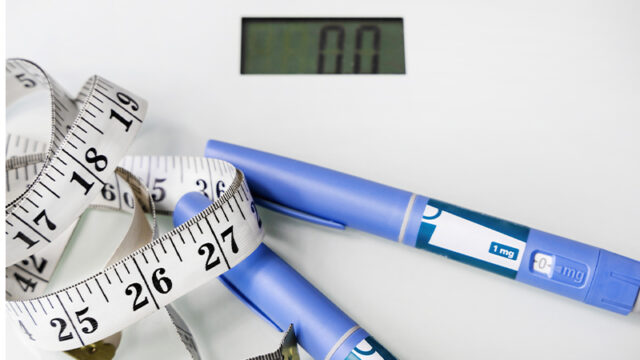Is BFT (Body Fit Training) worth a try?
We review BFT Bukit Timah so you don’t have to waste your time searching for a good workout this New Year!
 Moving To Singapore? Essential Guide - Expat Living in Singapore
Moving To Singapore? Essential Guide - Expat Living in Singapore
Moving to Singapore - learn about neighbourhoods, furniture, schools, beauty and food? We help make the most of expat living in Singapore.

The ins and out of these so called wonder drugs for weight loss
We review BFT Bukit Timah so you don’t have to waste your time searching for a good workout this New Year!
It could have something to do with a hole in the heart
Have a look at what’s not covered in your insurance plan
Make your insurance suit your lifestyle and life stage needs!
Where strength meets sisterhood
How serious is it?
Looking for a little pick-me-up?
Keep ahead of the game – prevention is better than cure
Nutrient-packed superfoods to brighten your plate
Get a spot in one of these running events now!
Fitness isn’t just about weight loss – it’s also about building strength
From Pilates to aqua fitness and personal training
We shed some light on the most common struggles
Awareness of mental health is rising and more help is available
And it’s environmentally-friendly!
With a year-round summer, it’s always time to get out and see the “countryside”!
And what else plays a role in heart health
A quick and efficient way to burn off those festive goodies!
Discussing key treatments, from interceptive orthodontics to palatal expansion and more!
You’re forking out for a fabulous wintry escape, so don’t waste it by getting hurt skiing!